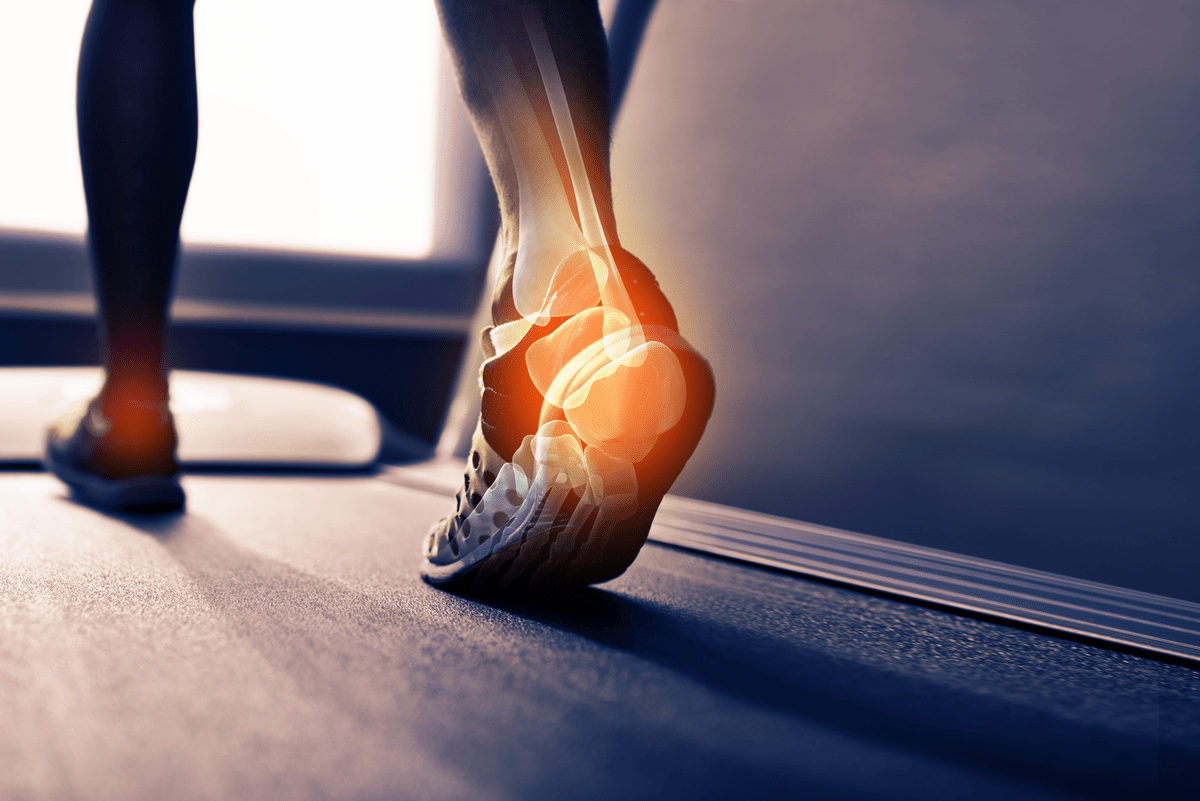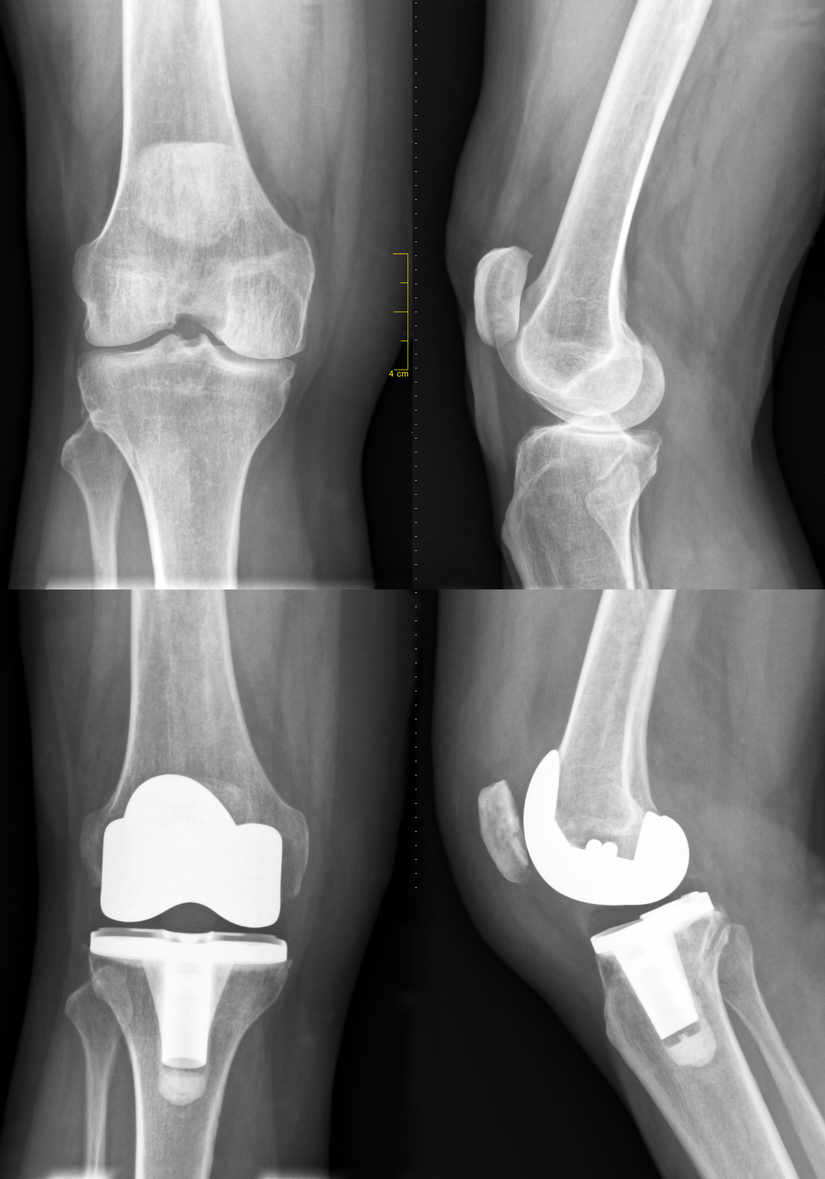Hand and Wrist Treatment
Our team of experienced, fellowship-trained orthopedic specialists provides personalized care to help you recover from injuries, manage chronic conditions and optimize hand and wrist function.
Schedule an appointmentAssessing hand and wrist injuries
Your Riverside orthopedic team can determine the extent of the damage to your hand or wrist and to guide you in what types of treatments would be most effective.
To make an appointment with one of our specialists, please call one of our conveniently located offices or schedule an appointment online:
• Peninsula/Williamsburg: 757-534-9988
• Gloucester: 804-693-0529
• Eastern Shore: 757-302-2700
Understanding Hand and Wrist Pain
Hand and wrist pain can be caused by a variety of factors, ranging from overuse to underlying medical conditions. Understanding the causes of hand and wrist pain is crucial to effectively manage and treat the discomfort.
In this section, we will explore a comprehensive list of common symptoms related to the hand and wrist. Understanding these symptoms can help individuals identify potential issues and seek appropriate medical attention. It is important to note that any persistent or severe symptoms should be evaluated by a health care professional for accurate diagnosis and treatment. It is crucial for individuals experiencing any of these symptoms to consult with a healthcare professional for proper evaluation, diagnosis and treatment.
- Pain in the hand and wrist can range from mild discomfort to sharp, shooting pain. It may be localized or radiate to other areas such as the forearm or fingers.
- Swelling: Swelling in the hand and wrist can occur due to various reasons, including injury, inflammation or underlying medical conditions.
- Stiffness: Stiffness in the hand and wrist can make it difficult to perform everyday tasks such as gripping objects or making fine movements.
- Numbness or tingling: Sensations of numbness or tingling in the hand and wrist may indicate nerve compression or damage, such as carpal tunnel syndrome.
- Weakness: Weakness in the hand and wrist can affect grip strength and coordination, making it challenging to perform certain activities.
- Limited range of motion: Restricted movement in the hand and wrist may result from joint stiffness, inflammation or underlying conditions like arthritis.
- Clicking or popping sounds: Audible clicking or popping sounds when moving the hand and wrist could signify joint instability or cartilage damage.
- Redness or warmth: Increased redness or warmth in the hand and wrist may indicate inflammation caused by injury, infection or inflammatory conditions like arthritis.
- Loss of sensation: Complete loss of sensation in the hand and wrist could suggest nerve damage that requires immediate attention.
- Difficulty with fine motor skills: Impaired dexterity when performing intricate tasks involving finger movements may indicate underlying issues affecting motor control.
The hand and wrist are intricate parts of our body that play a crucial role in our daily activities. However, they are also susceptible to various conditions that can cause discomfort and hinder our ability to perform simple tasks. In this section, we will explore a comprehensive list of hand and wrist conditions that individuals may encounter.
- Carpal tunnel syndrome and cubital tunnel syndrome: Carpal or cubital tunnel syndrome happen when a nerve in your wrist or elbow is compressed by ligaments and other structures. As a result, you might experience pain, numbness, tingling or weakness in your hand.
- Joint damage caused by osteoarthritis or rheumatoid arthritis: Arthritis in your hand can make it hard or painful to move and use your fingers, thumb or wrist. Painful joint destruction can be caused by wear-and-tear (osteoarthritis) or when the immune system attacks a joint (rheumatoid arthritis).
- Dupuytren’s disease: Your fascia is a layer of connective tissue under your skin. If you have Dupuytren’s disease, the fascia of your palm becomes disorganized and tightens. This can cause painful or painless nodules in the palm, and in some people causes contractures of the fingers or thumb that prevent full extension. Most individuals have a connection to Northern Europe sometime in their ancestry.
- Trigger finger and thumb: If your fingers dynamically stick in a flexed position, then snap straight, you may have a trigger finger or trigger thumb. This condition can be painful, and even make it difficult to use your hands in your daily activities.
- DeQuervain’s tenosynovitis: This condition causes wrist pain with repetitive activities using the thumb and wrist. It happens when two tendons controlling your thumb become inflamed and constricted.
- Sports injuries: Many sports put our fingers, thumb, and wrists at risk from extreme forces, impacts or positions. Some sports cause injuries from repetitive actions or pressure on these structures. Hand surgeons treat a variety of injuries and overuse syndromes resulting from sports.
- Fractures: A fracture is a broken bone, which may be displaced (significantly shifted) or nondisplaced (“hairline fracture”). Broken bones in the hand, wrist and forearm are common injuries. They often happen when you put out your arm to catch yourself when you fall.
- Nerve and tendon injuries: Nerve or tendon injuries anywhere from the elbow down can cause pain or weakness in your hand or wrist. You can lose the ability to feel or perform certain functions with your fingers, thumbs or wrists. They might be caused by sports injuries, accidents or wounds.
- Tumors and cysts: Tumors and cysts in the hand, wrist and forearm are typically not cancerous. However, they can cause pain, be unsightly, or make it difficult to use your hand or wrist during your daily activities.
- Finger deformities like swan neck and boutonniere deformities: Finger deformities can be caused by health conditions or by injuries. They may affect how your fingers bend or straighten.
- Arthritis: Both osteoarthritis and rheumatoid arthritis can affect the hand and wrist joints, leading to pain, swelling, stiffness, and reduced range of motion.
- Tendonitis: Inflammation of the tendons in the hand or wrist due to repetitive motions or overuse.
- Ganglion Cysts: Noncancerous lumps filled with fluid that commonly develop on top of joints or tendons in the hand or wrist.
It is important to note that this list is not exhaustive, and there are other hand and wrist conditions that individuals may experience. If you are experiencing any symptoms or have concerns about your hand and wrist health, it is recommended to consult with a medical professional for an accurate diagnosis and appropriate treatment.
In the realm of hand and wrist treatment, there are various options available to address a wide range of conditions and injuries. From conservative approaches to surgical interventions, the goal is to restore optimal function and alleviate pain in these critical areas of the body.
- Hand Therapy: Hand and wrist rehabilitation often involve targeted exercises, stretching, and manual therapy techniques to improve strength, flexibility, and range of motion. This non-invasive approach aims to enhance mobility and reduce discomfort.
- Medications: Depending on the specific condition or injury, medications such as nonsteroidal anti-inflammatory drugs (NSAIDs) may be prescribed to manage pain and inflammation in the hand and wrist.
- Splinting or Bracing: In some cases, wearing a splint or brace can provide support and stability for the hand or wrist while promoting healing. These devices immobilize the affected area or restrict certain movements during recovery.
- Injections: Corticosteroid injections may be used to reduce inflammation in conditions like arthritis or tendonitis affecting the hand or wrist. These injections can provide temporary relief from pain and swelling.
It is important for individuals experiencing hand and wrist issues to consult with a qualified healthcare professional who specializes in orthopedics or hand surgery. They will assess each case individually and recommend an appropriate treatment plan tailored to meet specific needs for optimal recovery outcomes.
When surgery is the best option, your hand surgeon will discuss the procedure and answer any questions you have. At Riverside, we offer a wide range of hand surgeries, with the most common including:
1. Nerve decompression: When nerves in your hand or wrist are under pressure, it can cause severe pain and numbness. During nerve decompression surgery, hand surgeons may move a nerve or remove the ligaments or other structures pressing on the nerve. Once the nerve is free, pain, numbness and weakness improve or resolve.
2. Surgical fixation of broken bones: To help bones heal, you might need pins, plates or screws to hold them into place. Our hand surgeons may use minimally invasive techniques, like percutaneous pinning, to hold bones together while minimizing scar tissue formation.
3. Arthroplasty: Arthritis in a finger joint can prevent you from completing basic tasks. Our surgeons use arthroplasty to replace a damaged joint, relieve pain and restore function to your finger.
4. Arthrodesis (joint fusion): Some joints cannot be replaced with arthroplasty. Instead, surgeons may fuse the joint during arthrodesis surgery. Fusing the joint will keep it from moving, but it will also relieve pain.
5. Hand and wrist microsurgery: The blood vessels and nerves in your hand are very small. So, when they are damaged, our surgeons use tiny, specialized tools and a microscope to perform surgery and repair the injured structures.
6. Tendon repair: Tendon repair fixes tendons that were cut or ruptured because of an injury. Our hand surgeons work closely with certified hand therapists to ensure you can regain function in your hand after your surgery.
7. Arthroscopy: Arthroscopic surgeries use a tiny, specialized camera and small tools to repair hand or wrist injuries and relieve pain. This minimally invasive surgery uses only short incisions, leading to a faster recovery.
8. Ligament repair: Ligaments connect your bones together around your joints. It can be difficult to use certain joints if vital ligaments are damaged. Our hand surgeons can repair or reconstruct the ligament, to return you to your prior level or function, and avoid downstream complications like arthritis.
9. Joint resection: During joint resection, our surgeons remove a small portion of the bone in an area of thumb or wrist motion. Typically performed for arthritic conditions, this procedure relieves joint pain and restores range of motion and function.
10. Tendon transfer: If you cannot move your thumb, fingers, or wrist properly due to injuries or arthritic conditions, you might benefit from a tendon transfer. A tendon transfer uses expendable tendons taken from other areas of your body to replace damaged tendons and restore function to your hand.
Meet Your Riverside Orthopedic & Sports Medicine Specialists Hand & Wrist Team
Meet the Rest of the Orthopedic Team
Providing efficient and effective care for any specialized orthopedic need.





